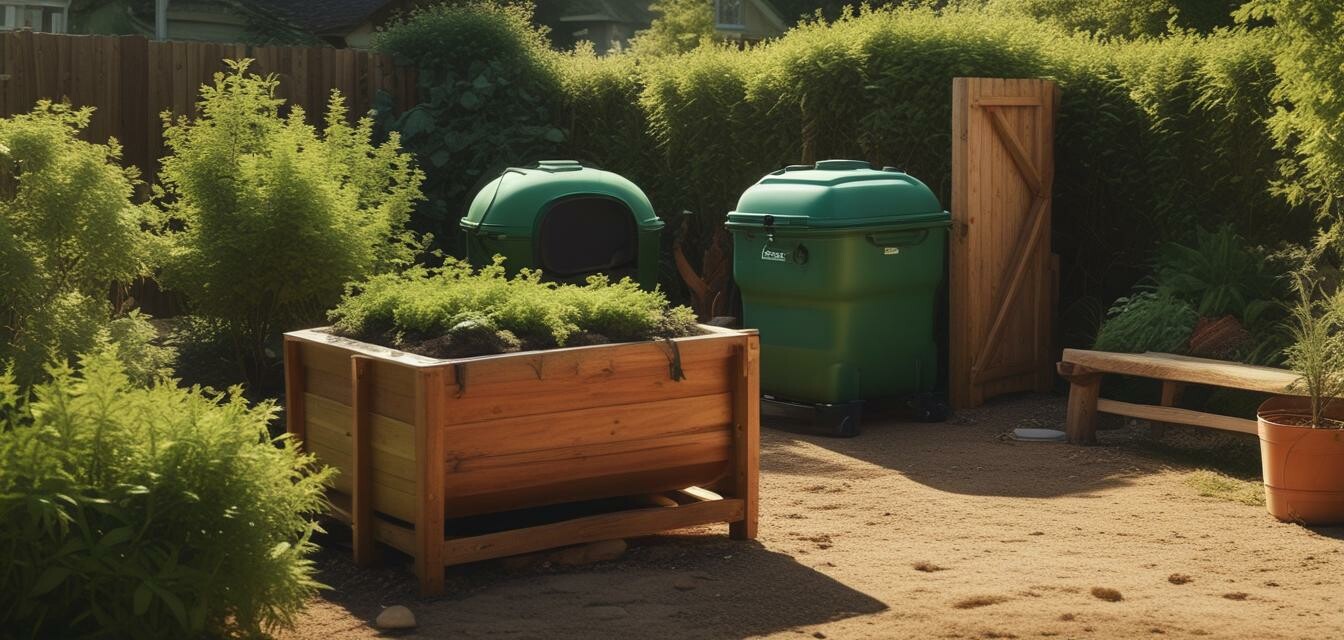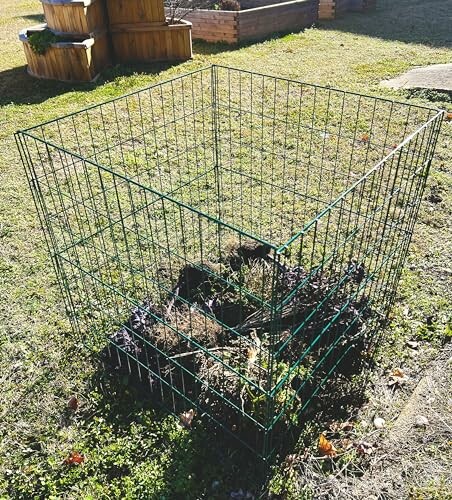
Selecting the Right Open Air Composter
Key Takeaways
- Open air composters are ideal for larger spaces and create rich compost for gardens.
- Look for durability and accessibility features for ease of use.
- Understand your garden size and composting needs to choose the right model.
Choosing the right open air composter can significantly enhance your gardening efforts, offering a practical way to recycle organic waste while enriching your soil. Open air composters come in various designs and capacities, allowing gardeners to tailor their composting solutions according to their specific needs. This guide will help you navigate the different options available and select the perfect open air composter for your garden.
What is an Open Air Composter?
An open air composter is typically comprised of a sturdy frame that allows for aeration, which is critical in the composting process. They are often made from durable materials such as metal or wood and are designed to withstand outdoor conditions while promoting effective decomposition. Unlike closed composters, open air options are better suited for larger garden spaces as they can accommodate larger volumes of organic waste.
Factors to Consider When Choosing an Open Air Composter
- Garden Size: Your available space will heavily influence the type and size of the composter. Smaller spaces may benefit from compact designs, while larger gardens can accommodate larger systems.
- Material: Choose a composter made from durable materials like coated steel or wood. Metal options tend to be more long-lasting but can be heavier.
- Access Features: Look for composters with easy access features such as front doors or removable panels, which simplify adding waste and retrieving compost.
- Capacity: Consider how much compost you intend to produce. For larger gardens, a bin with a greater capacity may be beneficial.
- Ventilation: Proper airflow is crucial for effective composting. Check if the composter has ventilation holes to enhance aerobic activity.
Types of Open Air Composters
Different styles of open air composters are available, each featuring unique benefits:
- Wire Bins - Generally, easy to assemble and provide ample airflow.
- Wood Bins - Eco-friendly and can blend seamlessly into garden aesthetics.
- Plastic Bins - Lightweight and resistant to weather, often featuring various openings for access.
Comparison of Popular Open Air Composters
| Product | Capacity | Material | Dimensions | Access Features |
|---|---|---|---|---|
Bosmere K765 Wire Compost BinConstructed with sturdy steel wire, this compost bin is easy to access and set up, perfect for effortless composting. Learn More |
100 Gallons | Metal | 30"L x 30"W x 30"H | Front opening door |
| Alternative Options | Various | Plastic/Wood | Varies by design | Side access or top access |
Benefits of Using an Open Air Composter
Using an open air composter has several advantages:
- Reduces kitchen and garden waste.
- Enhances soil health with nutrient-rich compost.
- Encourages critical microbial activity for fast decomposition.
- Sustainable practice that supports eco-friendly gardens.
Maintenance Tips for Open Air Composters
To ensure optimal performance from your open air composter, consider the following maintenance tips:
- Regularly turn the compost pile to aerate and expedite the decomposition process.
- Keep the compost moist but not soggy, as too much water can create odors.
- Add materials in layers, including greens (nitrogen-rich) and browns (carbon-rich) for a balanced mix.
- Monitor for pests and remove any unwanted visitors.
Conclusion
Selecting the right open air composter involves careful consideration of your garden's unique requirements. By assessing factors such as material, size, and accessibility, you can find a model that meets both your composting needs and fits harmoniously within your outdoor space. Embrace the sustainable journey of composting and watch your garden thrive with rich, homemade compost.
Related Resources
For more information on composting and choosing the right products, check out our other resources:
